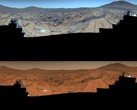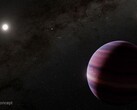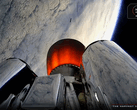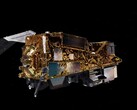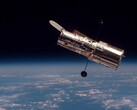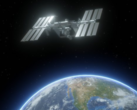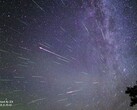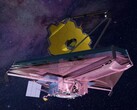3I/ATLAS was first discovered on July 1, 2025, by the NASA-funded Asteroid Terrestrial-impact Last Alert System (ATLAS) — a system developed by the University of Hawai’i. The comet was observed at a distance of 420 million miles from the Sun with the Gemini North Telescope. But the NASA/ESA Hubble Space Telescope’s July 21 observation has allowed astronomers to make a more accurate estimation of the size of the comet’s nucleus.
Data gathered by Hubble suggests that the nucleus could reach up to 3.5 miles (5.63 km) in diameter, but it may be as small as 1,000 feet (304.8 m) across. Hubble’s image shows a dust plume emerging from the Sun-facing side of the comet. The image also hints at a dust tail streaming from the comet’s nucleus.
The dust-loss rate Hubble’s data reveals is not peculiar to 3I/ATLAS, however. It is consistent with comets that are first detected around 300 million miles from the Sun. These comets, which are frozen balls of dust and ice, heat up when they come in proximity to the Sun. Some frozen material turns into gas, forming the observed dust streaming away from the comet.
But unlike previously observed comets, 3I/ATLAS is traveling at a record-breaking speed of 130,000 miles per hour (209,215 km/h). Its speed provides evidence that the comet has been travelling through interstellar space for many billions of years. It is believed that gravitational boosts from stars and nebulae steadily increased its velocity over time.
Despite current findings, one aspect of the comet is yet to be directly seen — the nucleus. NASA has lined up other missions to provide more details about the comet, including its chemical makeup. Meanwhile, a professor at Harvard University, Avi Loeb, suggests it is an alien probe.
Source(s)
NASA and Sky at Night Magazine
Image source: NASA (linked above)





